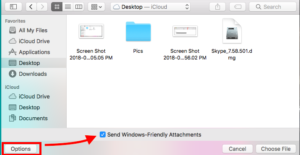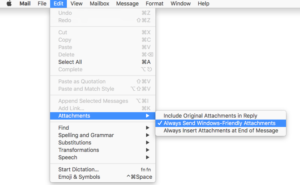BLOG
5 Common Interview Mistakes and How to Avoid Them
Posted by Dianne Hartwick in Interviews, leadership, Organization, Preparedness, Recent work, Self Improvement, Skills, Uncategorized | 0 comments
#1 Dressing inappropriately
Although it may seem superficial, first impressions are paramount when going for an interview and a significant part of that impression is your appearance. When going to an interview, you should always aim to dress to impress. No matter how casual you believe a company’s dress code to be, it is always better to be overdressed than underdressed.
How to avoid this faux pas:
Always keep a few business casual pieces in your closet, you never know when a job opportunity could present itself.
#2 Badmouthing your employer
While issues with your past employers may be the reasoning behind a desire to change positions, it is in bad form to bring them up during an interview. Critiquing your past employer may show to the interviewer that you have a lack of professionalism and tact. There is also the risk that they are acquainted with your past employers. Finally, they could be led to believe that you would be quick to say poor things about their company should you leave on bad terms.
How to avoid this faux pas:
Avoid talking about your past employers in a negative light. If asked why you left your most recent position, make the decision more about a personal desire for a change or a belief that you were no longer a fit for their company’s direction or values.
#3 Not knowing anything about the company
When going for an interview, research is key! Always come prepared to not only answer questions about yourself but about the company for which you are interviewing. In the age of the internet, it is so easy to find out about a company’s history, goals and even about the position you desire to hold. There is no excuse for not being prepared!
How to avoid this faux pas:
A quick google search before the interview can pull up the company’s website and social media pages. Familiarize yourself with the company’s history and potentially their most recently publicized successes.
#4 Your resume is questionable
During an interview, you will most certainly be asked about your job history and your listed skills and accomplishments. If the dates of your past jobs do not line up or if you cannot provide evidence of a certain skill, this may lead the interviewer to become suspicious of your character.
How to avoid this faux pas:
Make sure that the information is up to date! You don’t want a small mistake on a resume to keep you from getting your dream job. If your job experience is lacking, don’t lie about it, instead think of transferable skills that you possess which can be used in the position you are interviewing for.
#5 Not asking questions
Although the main point of an interview is for the interviewer to get to know you, you must also make an effort to get to know your potential future employer. When interviewing for a position, you need to be sure that the company and the position will be a good fit for you and that your values and expectations align. Not asking any questions may lead the interviewer to believe you don’t care or that you are not all that interested in the position.
How to avoid this faux pas:
Prepare questions to ask the interviewer before the interview begins. These should be specific to the company and should not be questions like “when would I start?” or “How much money will I make?”.
Punctuating Bullet Points
Posted by Dianne Hartwick in Paragraph Bullets, Puncuation, Skills, Uncategorized | 0 comments
It’s simple…
If the lead-in sentence is a complete sentence:
- List items should also be complete sentences.
- Each item should be capitalized and punctuated.
If the lead-in sentence is a fragment, list items should
- be written as fragments
- have no initial capitalization or end punctuation
Consider the following questions for a numbered list:
- Does your content describe a procedure?
- Are items ranked or listed in consecutive order?
- Is the number of items important to your discussion?







